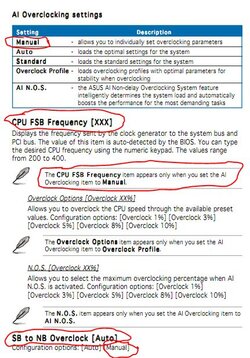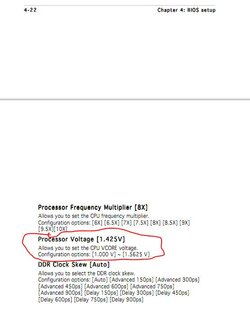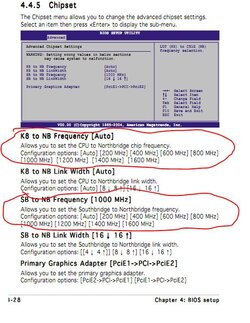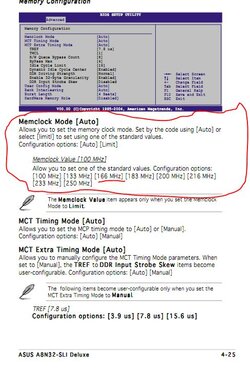- Joined
- Mar 19, 2011
OK, I know my CPU is probably something Abe Lincon used and I have parts for a new mod coming. Until then, I was wondering if i could possibly get enough juice out of this thing to at least run something like BFH until I complete my mod. Also, seeing as Im fairly new to OCing, though it might my good to get alittle more experience before trying it on a Intel i7 970.
CPU ID screens.(dont know if you need to know all of that, just posted whatever I thought might be useful)




Using the stock cooler and Coretemp is reading about 35 idle and 40-45ish load.
Any help/links appreciated
Crazy
CPU ID screens.(dont know if you need to know all of that, just posted whatever I thought might be useful)
Using the stock cooler and Coretemp is reading about 35 idle and 40-45ish load.
Any help/links appreciated
Crazy
Last edited:



